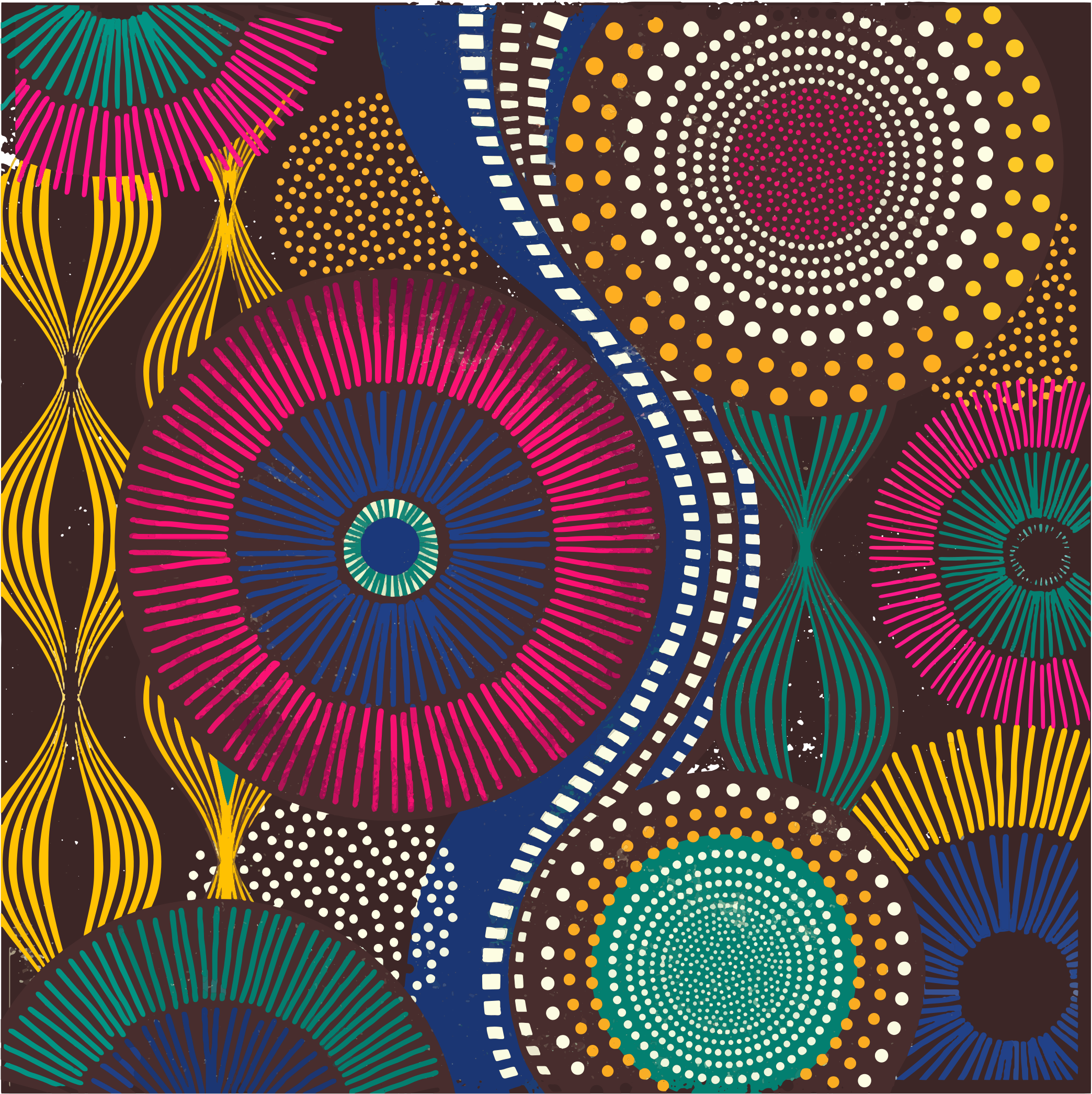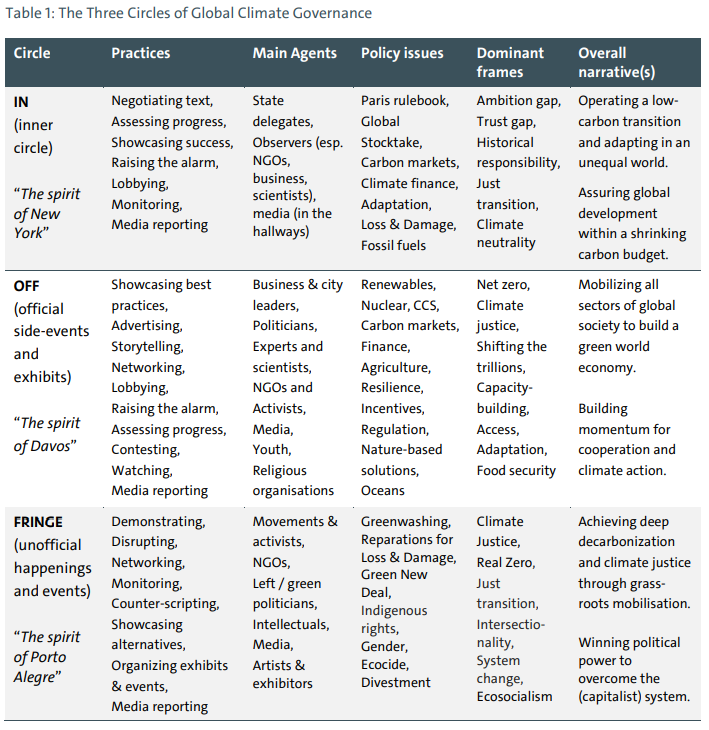
What is COP?
The word ‘COP’ stands for ‘Conference of the Parties’.
There are actually ‘COPs’ for each of the three so-called Rio Conventions that emerged from the UN Earth Summit in Brazil in 1992 on biodiversity, climate change and desertification. The UN’s Biodiversity Conference (COP 15) will convene December 7 - 19, 2022 in Montreal, Canada, to agree on a new set of goals to guide global actions through 2040 to protect and restore nature.
On climate change, the COP is the supreme decision-making forum of the United Nations Framework Convention on Climate Change (UNFCCC), bringing signatory governments together once a year to discuss and agree how to jointly address climate change and its impacts.
COP is hosted by a different government every year. The first such meeting – ‘COP1’ – took place in Berlin, Germany in 1995. Last year, COP26 was jointly hosted in Glasgow, Scotland by the UK and Italy who continue to hold the COP presidency until COP27 taking place this year in Sharm El-Sheikh, Egypt from 6-18 November.
With the tagline “Together for implementation,” COP27 is billed as an ‘African COP’ in reference to its location as well as the expectation that African countries’ exposure to some of the most severe impacts of climate change will be front and centre of the discussions.
Fully engaging Cultural Voices takes bringing people together across multiple artistic mediums, heritage typologies, scales, disciplines, sectors, and territories. In order to support Cultural Voices across this spectrum, the Climate Heritage Network Culture at COP27 Working Group had endeavoured to design a multifaceted programme of engagement for COP27.
The Working Group has worked primarily through arts, culture and heritage institutions, public bodies, universities and researchers, civil society/NGOs, businesses, and Indigenous Peoples’ organisations in order to reach wider audiences and broader publics.
The CHN’s Culture at COP27 messages are aimed especially at Culture Voices including carriers of Indigenous and traditional knowledge, artists, anthropologists, archaeologists, architects, landscape architects, administrators, archivists, crafts persons, conservators, curators, designers, engineers, geographers, historians, librarians, musicians, museologists, museum professionals, writers, performers, urban planners, and site managers, as well as activists, advocates, funders, scientists, researchers, teachers and scholars.
Who Attends COPs?
COPs are not a single event but a happening that unfolds in streets, halls, conference rooms, and ministers’ offices around the world. Much attention is placed on the World leaders and ministers who attend COPs and on the national government delegations who gather to negotiate policy texts and decisions adopted at the COPs – but COPs are also attended by thousands of members of civil society, businesses, international organizations and the media. Countless more engage with the COPs online and at parallel gatherings and assemblies around the world.
The following table illustrates three circles of global climate governance. Culture is relevant to each of these circles.



